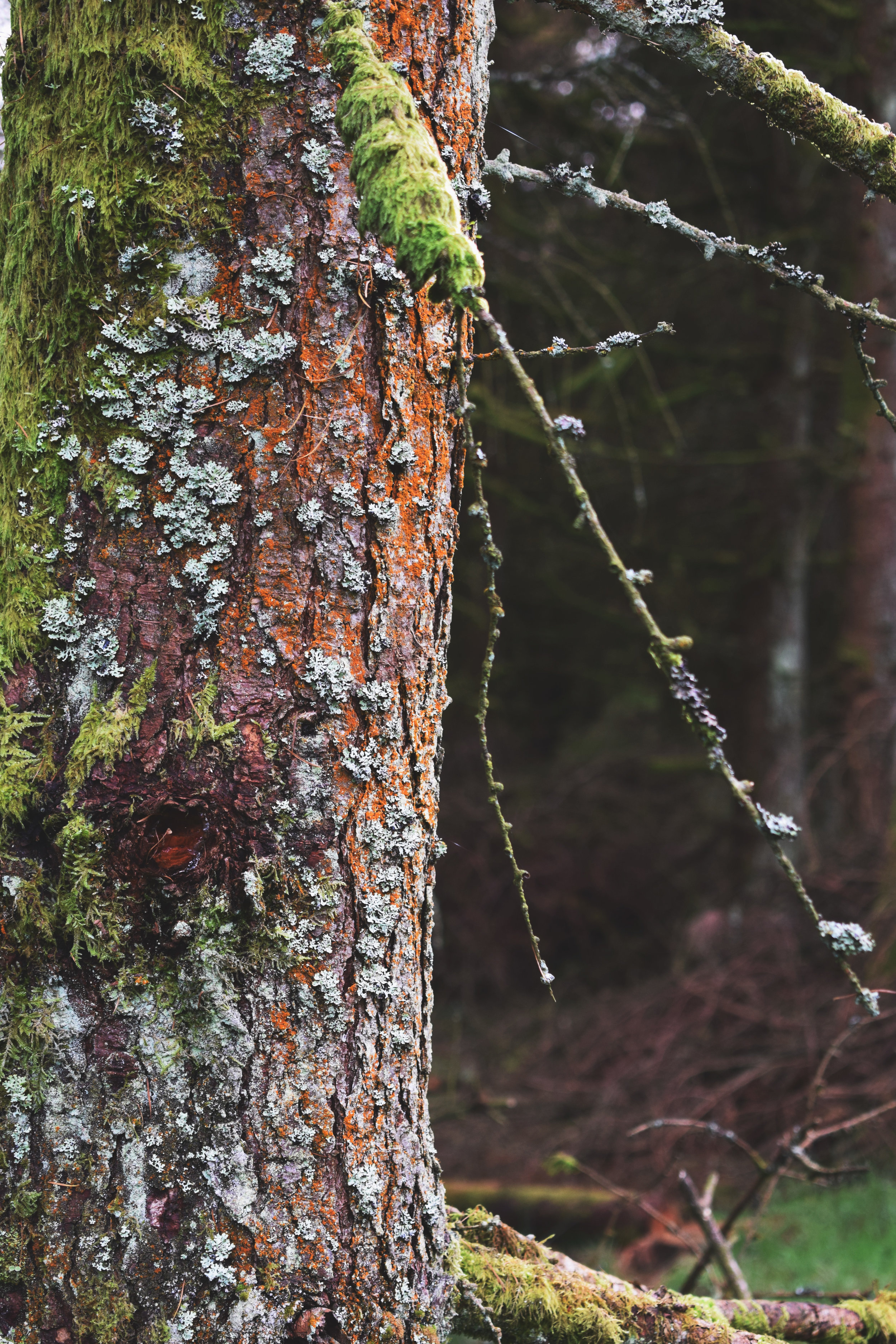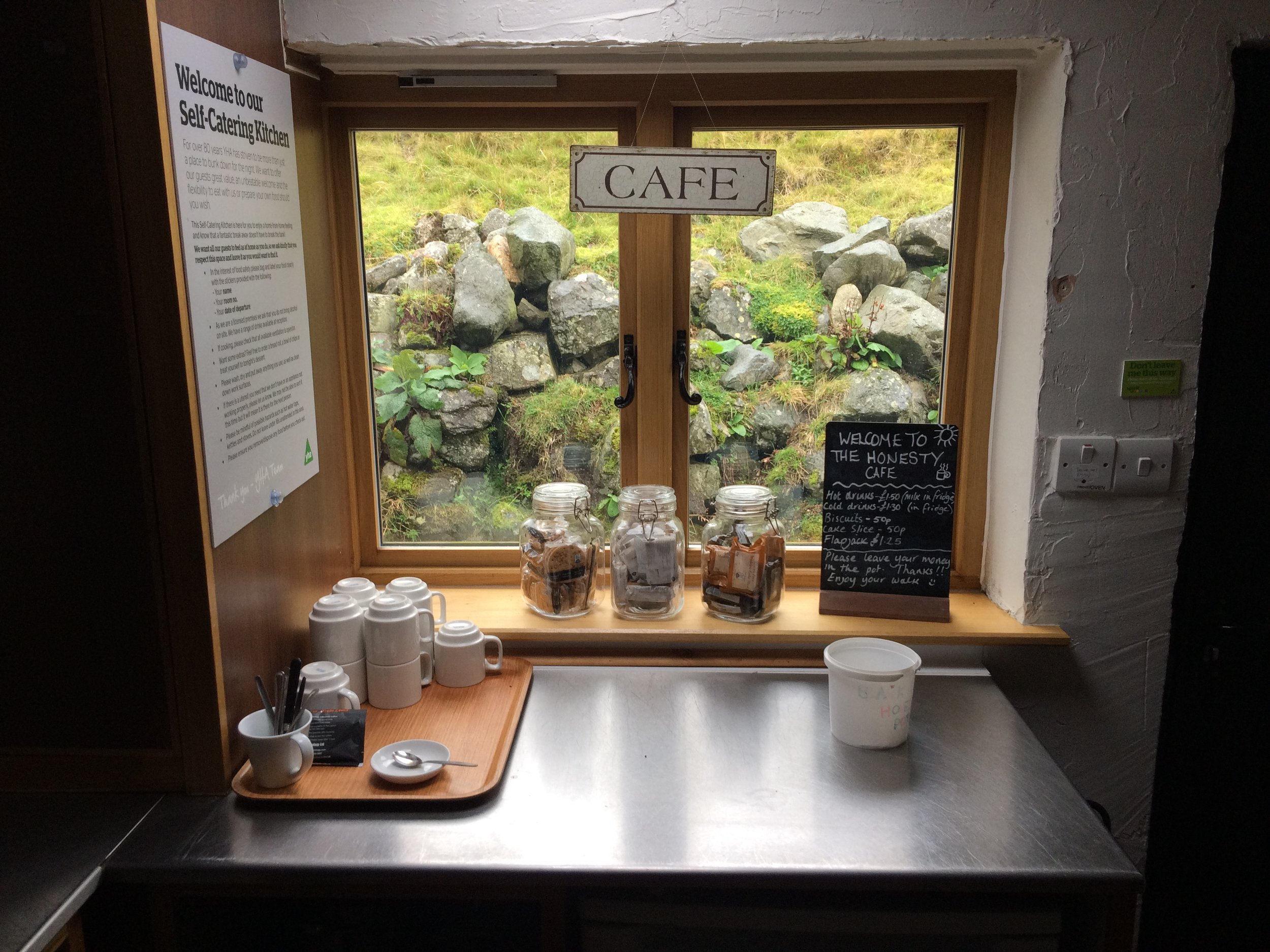A big thank you to Deliciously Ella for contributing one of her tasty recipes to get you ready for the colder months ahead!
Recipe extracted from Deliciously Ella with Friends by Ella Mills, published on 26 Janury by Yellow Kite, £25 © Ella Mills 2017
CHILLI & GINGER PHO
This is a simplified version of the classic pho recipe, which means you can have dinner on the table in twenty minutes rather than leaving it to simmer for hours! The broth base is flavoured with sesame, ginger, spring onions, chilli and lime and then filled with lots of veggies and buckwheat noodles before being topped with fresh coriander. A perfect cosy, comforting supper that will warm and rejuvenate you.
Serves 4
NUT-FREE
2 portions of buckwheat noodles, or even courgette
25g dried shiitake mushrooms
2 teaspoons toasted sesame oil
generous thumb of root ginger, finely grated
2 garlic cloves, finely grated
2 red chillies, finely sliced
2 spring onions, each chopped into 4
2 tablespoons brown miso paste
2 tablespoons tamari
100g baby corn
250g bok choi, thinly sliced
120g beansprouts
2 carrots, peeled and julienned
handful of fresh coriander, roughly chopped
juice of 1 lime, plus lime wedges to serve
Prepare the noodles, if using, according to the packet instructions, then place in a sieve and rinse with cold water. Put the dried shiitake in a bowl, pour over 500ml of boiling water and set aside for 20 minutes.
Heat the sesame oil in a wok, or large sauté pan, then add the ginger, garlic, chillies and spring onions, and cook for a minute or so, stirring to make sure the garlic doesn’t burn.
Splash in a little water and let it bubble for a couple of minutes, then add the miso and tamari and 500ml more boiling water. Let this broth bubble away until the mushrooms are ready, then add them too, with their soaking water (except the dregs, as they may contain grit). Return to a nice simmer for 5 minutes.
Add the corn and bok choi, and simmer for 5 minutes. Stir in the beansprouts and carrots.
Divide the noodles between 4 bowls, then spoon the broth on top. Sprinkle with chopped coriander and a squeeze of lime juice, then serve with lime wedges.





























































